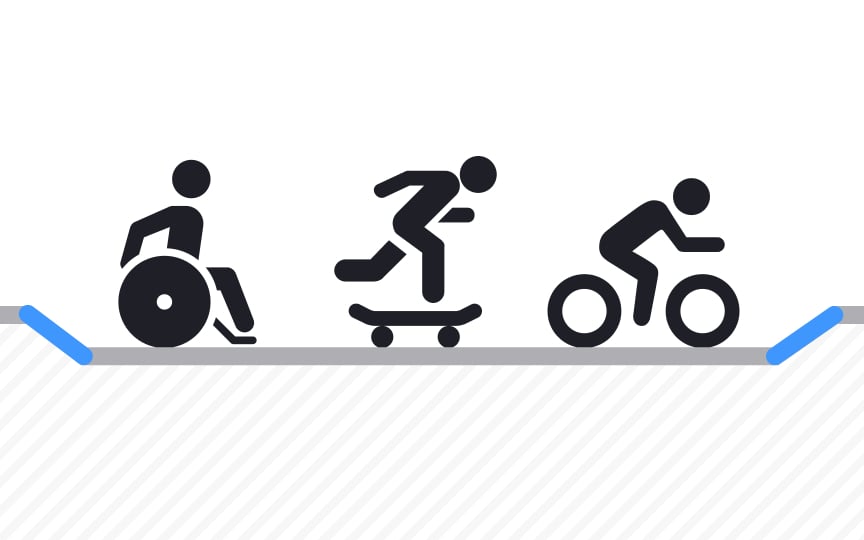Put the "Curb-Cut Effect" in practice
The curb-cut effect demonstrates how accessibility solutions benefit everyone, not just their intended users. This principle originated in 1940s Kalamazoo, Michigan, where sidewalk cuts designed for wheelchair access unexpectedly improved mobility for many others, from parents with strollers to delivery workers with carts.[1] What began as a specific accessibility feature became a universal design standard that benefits everyone.
In digital products, this effect appears in numerous features. Closed captions, originally created for deaf users, now serve a broader audience. Language learners use them to improve comprehension, commuters watch videos silently on public transit, and people in noisy environments rely on them to understand content. Voice control, designed for users with motor disabilities, helps people operate devices while cooking or working with dirty hands.
Understanding this effect shifts accessibility from a compliance requirement to an innovation opportunity. When designers solve for permanent disabilities, they often discover solutions that improve usability for everyone.

